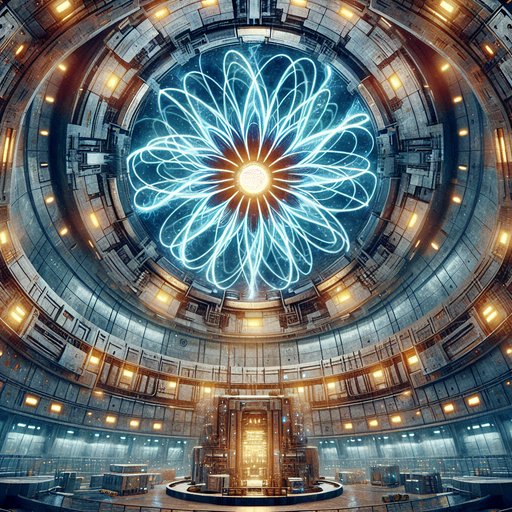
The world's most ambitious nuclear fusion project is reaching a pivotal moment in southern France, while California strengthens its position as a leader in fusion energy development. The ITER project, representing humanity's largest attempt to harness fusion power, is progressing despite technical challenges [1].
The ITER project, an international collaboration involving multiple nations, is advancing through a crucial phase of development that could bring humanity closer to achieving sustainable fusion energy. Though the project has encountered some technical hurdles, scientists remain optimistic about its potential to demonstrate the feasibility of fusion as a practical energy source [1].
Meanwhile, California is emerging as a powerhouse in fusion energy research and development. The San Diego Regional Economic Development Corporation has highlighted the state's leadership role in advancing fusion technology, emphasizing the need to create an environment conducive to fusion energy development [2].
The scientific community continues to make strides in fusion research, with new tools and technologies being developed to support these efforts. Recent advances in plasma equilibrium simulation capabilities, exemplified by developments in tokamak plasma research, are helping scientists better understand and control fusion reactions [3].
These parallel developments in France and California represent significant progress in the global effort to make fusion energy a reality. The advances in both experimental facilities and research capabilities are creating a foundation for future breakthroughs in fusion technology.
























